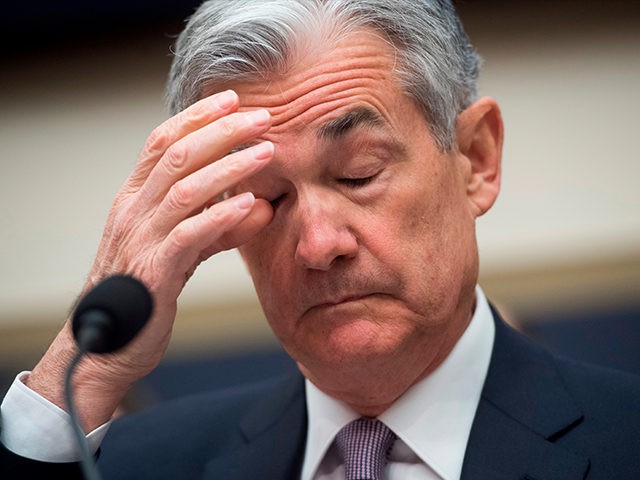The U.S. economy appears to have found its footing in February, with business activity rising slightly thanks to renewed energy in the services sector.
The S&P Global flash February composite purchasing managers index, which looks at both services and manufacturing, rose by 3.4 points to 50.2, according to data released Tuesday. This is the best level in eight months and above Wall Street’s expectations.
Readings above 50 indicate the economy is growing, while readings below imply contraction.
S&P’s barometer of the services sector rose to 50.5 from 46.8 in the prior month, the first time since June of last year that the measure has indicated growth. Still, the pace of growth was “marginal,” according to S&P Global, with firms pointing to customer hesitancy due to high inflation and interest rates.
The gauge of the manufacturing sector remains below the contraction threshold, although it rose more than expected compared with January. This indicates that conditions continued to deteriorate but at the slowest pace in four months.
Along with a strengthening in economic activity, inflation also gained steam. Selling prices rose at the fastest pace since last October, as firms passed through increased costs to their customers. Prices rose for both the manufacturing and services sector. Input prices continued to rise but at a softer pace than earlier.
Job growth remains strong in both manufacturing and services. The rate of job creation was the fastest since September 2022, according to S&P. This suggests that the acceleration of job growth seen in January—when the economy added more than half a million jobs—has continued into February.
Similar surveys in Europe show that output is rising in France, Germany, and the U.K. This has alleviated fears that the global economy was on the edge of a significant slump.
At the same time, the unexpected revival of growth and price hikes—as well as the ongoing strength in employment—are giving rise to fears that inflation will persist for longer, forcing central banks to tighten even more, a scenario that has been dubbed “no landing.” That in turn could make an eventual slump even worse.
“Furthermore, the improved supply situation has taken price pressures out of manufacturing supply chains, but the survey data underscore how the upward driving force on inflation has now shifted to wages amid the tight labor market,” said S&P Global Market Intelligence Chief Economist Chris Williamson. “By potentially stoking concerns over a wageprice spiral, accelerating service sector price growth will add to calls for higher interest rates, which could in turn subdue the nascent expansion.”

COMMENTS
Please let us know if you're having issues with commenting.